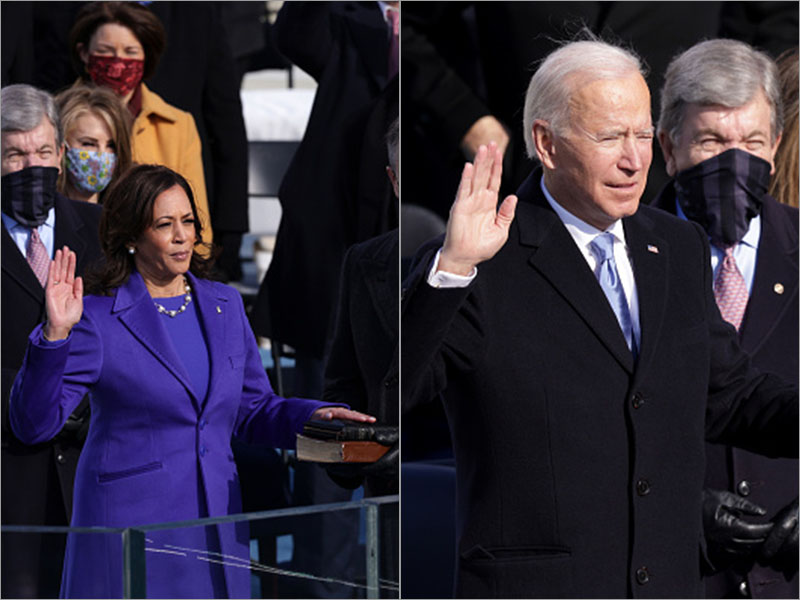The Historical And Spiritual Significance Of Cowrie Shells

Source: CHIP SOMODEVILLA / Getty
On Martin Luther King Jr. Day, amid the pomp of Donald Trump’s second inauguration, Supreme Court Justice Ketanji Brown Jackson stood out from the crowd. Seated among a sea of white conservatives and billionaires, Jackson’s ceremonial black robes were complemented by a striking cowrie shell collar—a deliberate and powerful choice.
This was not merely a fashion statement. The cowrie shells have been long revered in Black and African cultures, symbolizing community, protection, resistance, and survival—values that stand in stark contrast to the ideologies currently taking center stage in the White House. For the first Black woman to serve on the nation’s highest court to wear such a collar was an act of quiet defiance. Jackson’s collar spoke of resilience and a deep connection to the cultural legacies that continue to shape the fight for justice.
What is the Spiritual Significance of Cowrie Shells?
Throughout the African diaspora, these tiny, oval-shaped shells hold both spiritual and cultural significance. They originate at the bottom of the Indian and Pacific oceans, formed on the back of a sea snail. When the snail dies and decomposes, the shell remains, leaving countless of these strong, speckled shells scattered across the ocean floor to make their way to multiple shores daily.
Cowrie shells have had multiple uses throughout history and African diasporic culture. In West Africa, cowrie shells were used in religious rituals where the white shell is associated with purity, health, growth and insight. Cowrie shells are still used today in Yoruba divination rituals. The shells, called “the mouth of the orisha,” are used by a diviner when communicating with the orishas landing either face up representing a positive answer, or face down representing a negative answer from the deities. In some African traditions, cowrie shells symbolize fertility as their curved shape resembles a pregnant woman’s belly.
Cowrie shells were also an important source of wealth from as early as the 14th century. They’re believed to be the original Pan-African currency originating in West Africa, but being used in trade all over the world throughout Africa, Asia, Europe, and the Americas. Unlike coins or paper money, cowrie shells were durable and visually appealing, with a variety of patterns across the tiny domed shell that made them harder to counterfeit.
Cowries could be frequently found in fashion and traditional clothing, a practice that continues today. Shells have been sewn into traditional African masks and robes, adorning garments with the spiritual symbol. Today, cowrie shells are used to embellish braids, locs, and other natural hairstyles as a nod to our African roots. The shells can also be seen in some fine jewelry brands and most recently in the judicial bib worn by Justice Brown, where dozens of cascading shells were arranged to adorn her robes (with a matching pair of cowrie earrings).
Some historians believe the shell was sewn into clothing and hair of enslaved Black Americans as an amulet for protection from the horrors of slavery and to ward off evil, making Justice Brown’s choice to wear them as Trump enters his second term all the more poignant. Black women are particularly vulnerable under the new administration. These tiny shells are symbols of abundance, safety, power, and connection for Black people at a time when we need these values the most.
SEE ALSO:
What Michelle Obama Said About Trump’s 1st Inauguration Could Why She Skipped His 2nd





